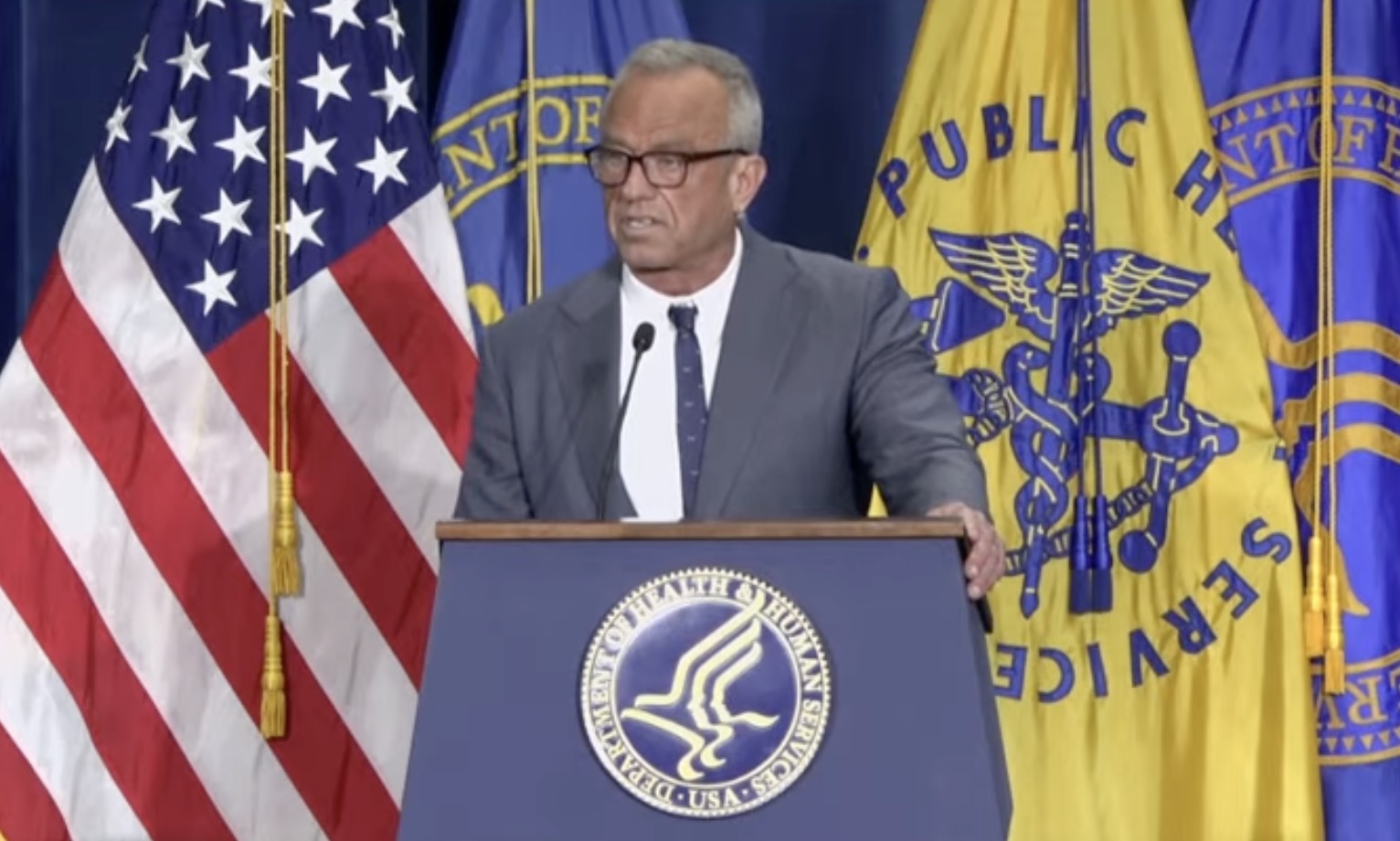Charting the Future of Learning in a Divided System
PRAY FIRST for federal and state education leaders and boards to act with godly insight and care in creating standards that reflect both excellence and context.
Teach us to number our days that we may get a heart of wisdom. Psalm 90:12 ESV
Should curriculum standards be national or state-led? As the conversation about education reform continues across the U.S., one main question keeps resurfacing: who should decide what students learn? The balance between federal oversight and local control has shaped the nation’s classrooms for generations, influencing not only curriculum standards but also how students are prepared for citizenship, careers, and life beyond school. Understanding how authority over education is structured—and how it came to be this way—reveals much about the values and priorities that continue to guide American public education today.
The Framework of Education Governance
In the U.S., public-school curriculum and instruction remain primarily under the control of state governments and local school boards. According to the U.S. Department of Education (ED), “education is primarily a State and local responsibility.” Federal law reinforces this, specifying that ED “shall [not] … exercise any direction, supervision, or control over the curriculum … of any educational institution” (20 U.S.C. § 1232a). Local districts then interpret state standards, adopt materials, and manage classroom delivery.
The major difference between state-led and national curriculum standards lies in origin and oversight. State-led standards are developed and adopted within individual states, accountable to state boards and legislatures, and often tailored to regional needs. National standards—even when voluntary—offer a common benchmark across multiple states, striving for consistency and comparability. For example, the Common Core State Standards Initiative (CCSSI), launched in 2010, sought to align math and English expectations nationwide while leaving adoption to the states.
Historically, the U.S. education system emphasized local control. While federal involvement gradually increased following landmark events such as Brown v. Board of Education (1954) and the Sputnik launch (1957), the 10th Amendment lodged the responsibility for education with the states. The Elementary and Secondary Education Act (ESEA) of 1965 marked a more solid federal role—in funding and regulation—but explicitly did not grant the federal government curricular control. The ED today plays a supporting role. It manages federal funding, collects national data (such as through the National Assessment of Educational Progress), and issues guidance but does not set curricula. State education boards and local districts often work collaboratively: state boards set standards and accountability systems, while districts adopt curricula and tailor instruction. However, tensions can and do arise, particularly when states mandate certain curricula or when districts seek local flexibility.
National vs. State Standards Debate
Supporters of national curriculum standards emphasize the potential for greater educational consistency across states and regions. National benchmarks may simplify teacher mobility, promote shared instructional materials, reduce redundant development costs, and help ensure that all students, regardless of zip code, have access to high academic standards. Research suggests that wide variation among state standards has contributed to uneven outcomes.
In contrast, advocates for state or local control argue that curriculum grounded in the community—reflecting local history, culture, economy, and student needs—is more responsive and meaningful. They caution that national standards risk homogenizing instruction and undermining local innovation. The debate around Common Core illustrated this: although 46 states initially adopted it, significant backlash grew over the perception of federal over-reach and loss of local autonomy. National standards may promote balance, but they may also sideline regional priorities (agricultural contexts, indigenous heritage, local industries, etc.) that are meaningful to communities.
Measuring Quality and Accountability
Standardized assessments are closely tied to curriculum standards at both state and national levels. These tests reflect what students are expected to know and often shape what gets taught. Educators observe that while testing can provide comparability, it may also narrow learning if the curriculum is overly test-driven. To assess whether standards meet students’ long-term needs, measures might include deeper metrics, such as student engagement, analytic thinking, post-secondary success, and adaptability to a changing economy.
Should curriculum reform lean more toward content knowledge or skills like critical thinking and problem-solving? Many experts argue that foundational knowledge prepares students to think critically, but teaching methods matter just as much. Additionally, teacher training and classroom flexibility are crucial. Even rigorous standards require skilled educators and local autonomy to interpret lessons effectively. Overly rigid systems may stifle creativity; overly loose ones may yield inconsistent results.
The Present and Future of U.S. Education
In 2025, the federal government introduced a series of education policies aimed at decentralizing control, increasing transparency, and aligning learning with workforce needs. A key initiative was the Executive Order signed in March that emphasized empowering parents, states, and local communities by reducing federal oversight. This move encourages more parental involvement in curriculum decisions and gives schools greater flexibility to tailor programs to local needs.
Further reforms came in April with six executive orders from President Trump that reshaped federal education policy. These included merit-based systems for student advancement and teacher evaluations, enhanced workforce readiness programs, and mandates for curriculum transparency.
In addition, technology and online learning are reshaping the debate around national versus state standards. Digital platforms can deliver high-quality content across jurisdictions, making it easier to scale national benchmarks, but they can also empower local districts to tailor instruction in real time. When considering lessons from other countries, many of which do have national curricula, U.S. policymakers must weigh how federalism, regional diversity, and local governance distinguish the U.S. context. The key question is how to balance local autonomy with a national commitment to preparing every student for a competitive and interconnected world.
Why It Matters and How We Can Respond
Curriculum governance might seem distant from daily life, but it indeed touches how children learn, how communities thrive, and how our country prepares for commerce, citizenship, and innovation. This conversation calls us to consider stewardship—how we collectively cultivate not only minds but values, character, and community cohesion. The Apostle Paul writes, “For God gave us a spirit not of fear but of power and love and self-control” (2 Tim. 1:7). We pray that policies encourage not fear of failure, but power and love in learning, and self-control in decision-making.
We must choose to stay informed. Attend local school board meetings or review state standards to understand what’s being taught and why. When engaging the topic, let’s do so respectfully, especially when we hear statements or policies that seem contrary. We can first listen, then ask questions, and respond with clarity and kindness rather than attack. Colossians 4:6 says, “Let your speech always be gracious, seasoned with salt, so that you may know how you ought to answer each person.” Most importantly, we can pray: pray for leaders responsible for education policy, teachers shaping young lives, and students whose futures are being formed.
HOW THEN SHOULD WE PRAY:
— Pray for teachers and local school leaders to be equipped and empowered to deliver high-quality instruction tailored to their student’s needs. And so, from the day we heard, we have not ceased to pray for you, asking that you may be filled with the knowledge of his will in all spiritual wisdom and understanding, so as to walk in a manner worthy of the Lord, fully pleasing to him: bearing fruit in every good work and increasing in the knowledge of God. Colossians 1:9-10
— Pray for children across our nation, regardless of location, to have opportunity, access, and encouragement to grow in knowledge and character. Train up a child in the way he should go; even when he is old he will not depart from it. Proverbs 22:6 5
CONSIDER THESE ITEMS FOR PRAYER:
- Pray for unity among education leaders and communities as they work to improve educational standard across America.
- Pray our federal leaders to seek godly discernment in balancing local and national priorities.
- Pray for parents and guardians to remain engaged in their children’s education
Sources: Congress.gov, Government Accountability Office, Office of Special Counsel, General Services Administration, Justice Department, Freedom of Information Act (foia.gov), Office of Inspector General, House of Representatives, Financial Crimes Enforcement Network, Whistleblowers.gov, National Security Archive, Drug Enforcement Administration, Department of Justice









